Welcome
Welcome to our latest Japan Rail Enthusiast Updates and News, the first for 2025. In this edition we have a selection of news items, both positive and not so positive. We highlight a number of new trains, which also means that some older train types will either become less common or disappear completely. An unfortunate situation that is becoming more common is staff shortages as the workforce in Japan starts to get smaller. Although the big rail companies can do some extent mitigate the problem with technological advances, for small companies like Kumamoto Dentetsu, who have limited funds for investment reducing services due to lack of staff is becoming the only option. Mostly because of the massive rise in foreign tourists but also as a cost saving measure, many railway companies are introducing or planning to introduce ticketless options other than IC cards. We take a quick look at what some companies are doing. Our first news item, however, is a success one. The Utsunomiya Light Railway exceeded ridership targets in its first year and is now looking to extend the line.
Utsunomiya looking to extend the Utsunomiya-Haga Light Railway
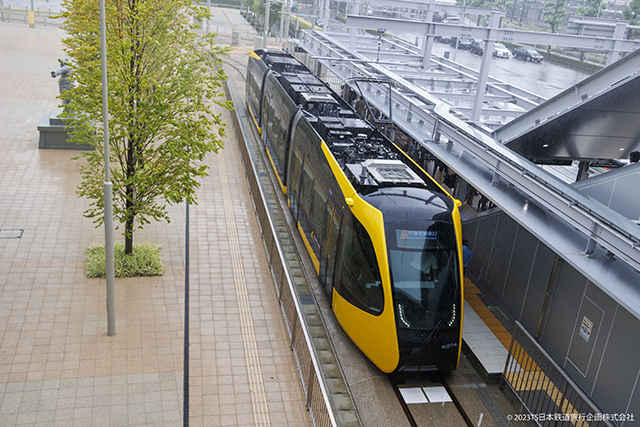
The Utsunomiya City Government has applied to the central government for a grant to extend the Utsunomiya-Haga tram line for 5km on the west side of JR Utsunomiya station which is the commercial side of the city. The current line operates on the east side to the more industrial areas of the city and the adjacent town of Haga.
The challenge is to get the line across the JR Tohoku Main Line and the Tohoku Shinkansen Line. The plan is to have the line pass above the Tohoku Main Line but underneath the elevated Tohoku Shinkansen Line.
The Utsunomiya Light Rail has proved more successful than expected since its opening in August 2023, exceeding ridership targets in the first 12 months. The Utsunomiya Light Rail was the first completely new tram system built in Japan for more than 70 years TSJR article Japan’s new tram system – Utsunomiya Light Rail
JR East’s last 205 series EMUs day’s are numbered – to be replaced with a new version of E131 series
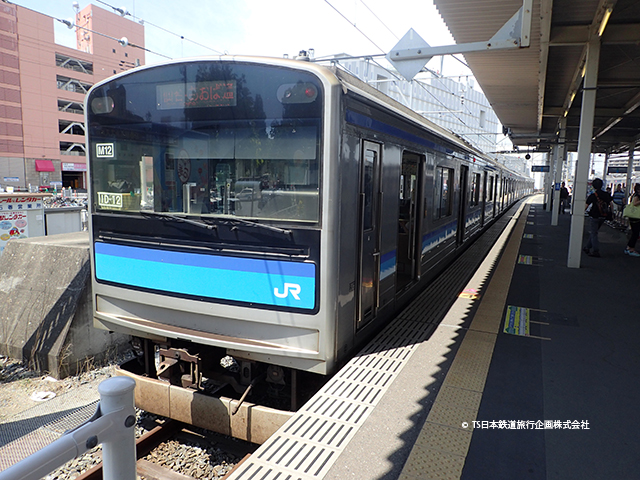
The 205 series trains are best known as the trains that were used on Tokyo’s Yamanote Line between 1985 & 2005. Some of the Yamanote Line 205s ended up in Miyagi Prefecture on the only 1500V DC JR line in Tohoku the Senseki Line that connects Sendai and Ishinomaki via Matsushima along the coast line.JR East has announced that it will be replacing these trains with new E131s car electric units.
The E131 is based on the E233 series and designed for outer suburban and rural lines, with versions operating on the rural lines in Chiba Prefecture; the Nikko & Tohoku Lines in Tochigi and the Sagami Line in Kanagawa / Tokyo Prefectures.
Labour shortages impacting train and tram services in Kyushu’s Kumamoto City
From February 3rd 2025, Kumaden (Kumamoto Electric Railway) a local non JR Railway company serving the Kumamoto city area will be reducing services due to a shortage of drivers. The company needs a roster of 9 drivers but currently has only 7, which will be further reduced by 3 due to retirements. The company has therefore has to drastically reduce services (Weekdays by 25%; Saturdays by 34% and Sundays 24%).
Kumamoto City Trams (Kumamoto shiden) also has staffing problems. It has ordered some new larger trams to increase capacity on the busiest sections of its lines so it can reduce services.

Many Japan railway companies starting or planning to allow passengers to use contactless credit cards/ debit cards instead of tickets & IC cards & other ticketless options at ticket gates
Aimed mainly at foreign tourists a number of railway companies in Japan are setting up some of their ticket gates to accept contactless credit and debit card payments in addition to IC cards. Companies such as Tokyu, Izuhakone, Yokohama Kaisoku Railway (Minato Mirai Line and Kodomonokuni Line) are amongst those that have already started such systems, JR East is installing equipment on ticket gates. However how to pay your fares is likely to get more complicated in future with JR East and JR west expanding the use of IC cards, some non JR rail companies dropping the use of IC cards and other setting up credit card / debit card payment systems.
QR codes
Although QR codes have been used for some shinkansen journeys that have been booked on line for some time, some railway companies are looking at introducing QR code tickets in place of magnetic backed tickets that are used nowadays. The main reason is that these are cheaper to issue than the traditional tickets and also are a cheaper way for railway companies to move to easier maintained sensor / reader type ticket gates rather than the mechanical /electronic gates.
Facial Recognition
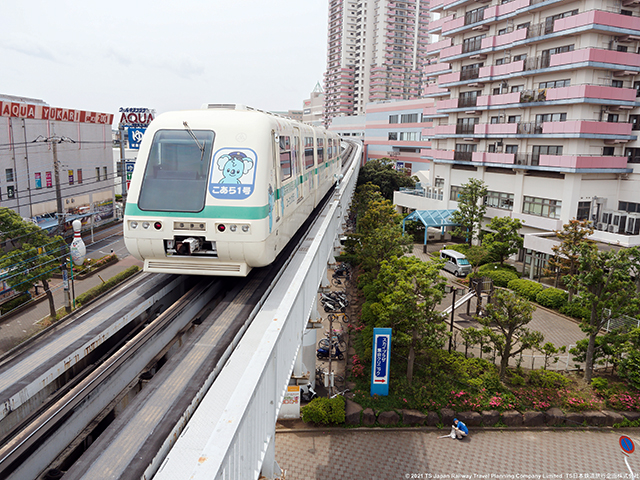
The guided people mover Yamaman Yukarigaoka Line in the Yukurigaoka area of Chiba Prefecture introduced a facial recognition system in June 2024. It has also switched magnetic backed tickets to QR code tickets, The company however still has ticket gates for magnetic backed tickets as these are still used for commuter passes and transfer tickets for passengers transferring to / from Keisei services at Yukarigaoka.
On January 17th 2025, Keisei introduced a facial recognition system for passengers using the Keisei Skyliner service. Initially the system can only be used at 4 stations, Narita Airport Terminal 1 Station, Narita Airport Terminal 2-3 Station, Nippori Station and Keisei Ueno Station and passengers can only use it to travel on the next Skyliner service (so cannot book in advance). Passwngers need to book online and register their facial images on Keisei’s system. Once they have booked their seat, they can go through designated ticket barrier with facial recognition equipment set up.
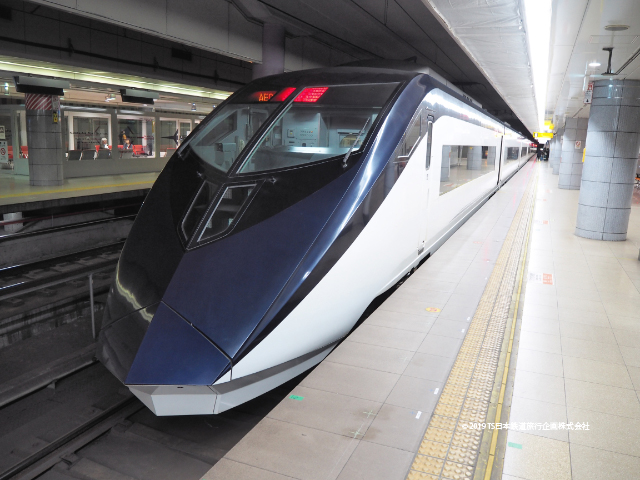
Information – Yamaman Yukarigaoka Line (Japanese only) / Keisei Skyliner
March timetable changes…
In Japan March and October are the times that most railway companies make major and many minor changes to their timetables including seasonal updates (although the JR companies issue their timetables monthly so some minor changes happen throughout the year). This year the March 16th is the date that most companies will issue their new timetables. TSJR follows the information published by railway companies, and overall, there are some changes that benefit tourists (e.g., extra trains). However, nothing too significant is expected to make certain trips more difficult. If you are visiting Japan or will be there after mid-May, be sure to check your itinerary and train schedules. In some cases, train times may change by just a few minutes for certain services.The March timetables will be available from Mid to late February. For TSJR clients, we will do this check.
New Trains
A quick summary of some of the new train announcements in the last few weeks
- JR East has announced that it will be introducing a new Hybrid Diesel unit to replace the KiHa100 & KiHa110 units in the Takasaki area (Hachiko Line) and Morioka area (various non electrified lines such as Kamaishi Line, Yamada Line & Hanawa Line. The new trains will be HB-E220 class and come in 2 car and 1 car units that can work in multiple. they will start to be introduced at the end of 2025.
- Tōkyō Rinkai Kōsoku Tetsudō – usually just referred to as the Rinkai Line that operates services between Osaki and Shin Keiba via the Odaiba area will shortly be introducing new trains, the 71-000 series that are based on JR Easts E235 series (used on the Yamanote Line and Yokosuka – Sobu Rapid lines) will begin service later in 2025 after testing and driver training replacing the current 70-000 series which is based on JR East’s 209 series. The 70-000 series is due to be fully replaced by 2027. The Rinkai Line connects with the JR Sikyo Line with through services operating to Shinjuku, Omiya and Kawagoe.
- Shimane Prefecture Ichibata Railway will be introducing two 1 car electric units in 2025 and 2026. Ichibata Railway has traditionally bought second hand trains, but like a number of small rural railway has found that buying new more efficient trains using available government grants is more cost effective.
Recent Posts
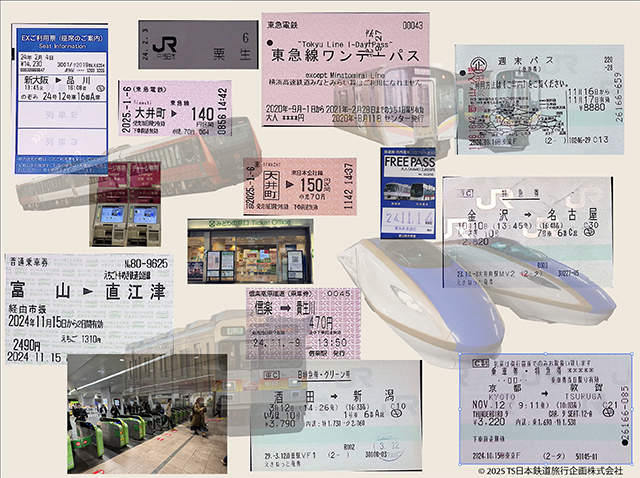
Understanding the Japan rail Network – fares and tickets
Understanding how the fares and ticketing works can save you money – particularly for rail enthusiasts who will be travelling longer distances. This quick guide explains how the fare system works, types of tickets and other useful advice. It was published on our main site.











